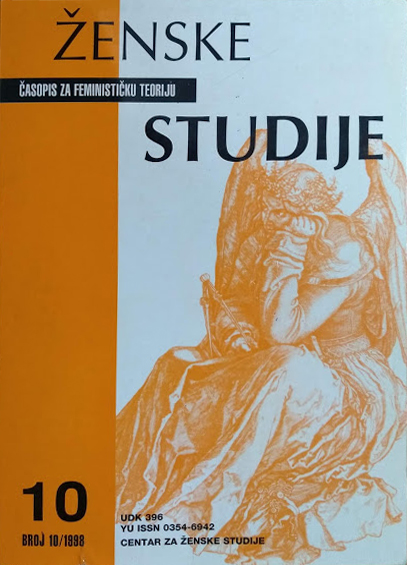Author(s): Aleksandar Matković / Language(s): Serbian
Issue: 1/2021
The subject of this paper is the analysis of court proceedings conducted in connection with the criminal offense of violation of a grave (Article 354 CC) which were held before the courts on the territory of Autonomous Province of Vojvodina. The analysis covers all finalized court cases of the aforementioned courts for the period from 01.01.2010. (i.e. from the introduction of the current organization of courts in the Republic of Serbia) to 01.07.2018. The research is primarily focused on the statistical presentation and analysis of data obtained from court decisions (which the author independently obtained from courts in original, raw form), as well as the identification of relevant criminal (material and procedural) and criminological characteristics. On the basis of the totality of the results, different regularities were noticed, with regard to the spatial and temporal distribution of the court proceedings, the types of court decisions, the type and amount of criminal sanctions imposed, as well as with regard to the characteristics of the perpetrators of the criminal offense in question. As a unifying conclusion, it can be stated that the crime of violation of a grave is relatively less represented in the practice of courts in the territory of AP Vojvodina, and that its spatial and temporal distribution is uneven (due to the absence of more specific regularities considering criminal expression). The penal policy regarding the crime in question can be characterized as in principle harmonized with the one at the level of the entire state regarding the same criminal offense. On the other hand, it is noticeable that the mentioned penal policy is somewhat stricter in relation to the general penal policy of the courts in the Republic of Serbia. However, this factual situation is potentially somewhat relativized by the specific features of the analyzed court proceedings (above all, the high percentage of recidivism and the frequent presence of other aggravating circumstances), as well as by the fact that all prison sentences were imposed only in the lower third of the envisaged range of the sentence (from one month to one year, although this criminal offense is punishable by up to three years in prison). Regarding the characteristics of the prosecuted perpetrators, it is noticeable that the convicts for the crime of violation of a grave were mainly nationals, and dominated by: adults over juvenile offenders; male over female; general recidivists over special recidivists; persons without education, with primary and secondary education over (non-existent) highly educated offenders; unemployed persons and persons without permanent employment over permanent employees. Considering possible strategies for prevention, it was concluded that important criminogenic factors are the low level of education of most perpetrators and their unfavorable socio-economic status, which gives grounds for assuming that timely educational work and providing conditions for improving their material opportunities could achieve significant results in the domain of both general and special prevention, especially in relation to the identified most risky categories of potential perpetrators (recidivists, illiterate persons, persons without primary education and persons in a state of severe social vulnerability).
More...










